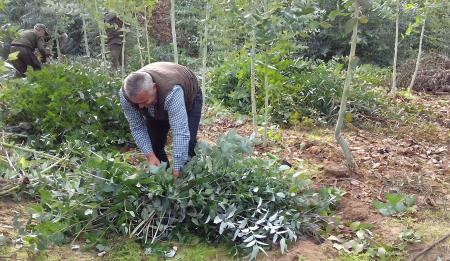
Objective:
In the Doñana National Park in Andalusia, short-rotation coppice eucalyptus plantations occupy large areas and belong to private forest owners.
« Esencias Garcia-Palomo » distillery uses 5,000 kg of eucalyptus branches and leaves every day for its production of 10 to 40 kg of essential oil. Not being a forest owner, this resource is a cost to the company.
Mr. Palomo has organized with his neighbors to work in symbiosis and limit the costs of their respective operations : the collection of his raw materials contributes to the silviculture of coppices of eucalyptus.
Context:
Good quality of wood requires thinning and pruning that are costly for the forest owner. At the same time, for distillers, leaves and branches of trees are raw materials for distillation which require the availability of suitable harvesting areas. Insecure access to this resource is a reason of fragility for the company.
The samples collected by pickers also worry foresters about their possible impact on the stand, they are often accompanied by a lack of coordination, contract, remuneration. Negative experiences can block these relationships between landowners and gatherers.
Contacts:
Michèle Lagacherie, michele.lagacherie@cnpf.fr, https://occitanie.cnpf.fr/
Roser Cristóbal Cabau, roser.cristobal@ctfc.es, www.ctfc.cat